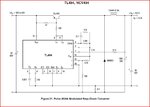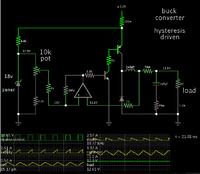crutschow
Advanced Member level 6
- Joined
- Feb 22, 2012
- Messages
- 4,472
- Helped
- 999
- Reputation
- 1,996
- Reaction score
- 1,130
- Trophy points
- 1,393
- Location
- Colorado USA Zulu -7
- Activity points
- 25,360
What about changing the simulation parameters (Abstol, Reltol, etc.)?












